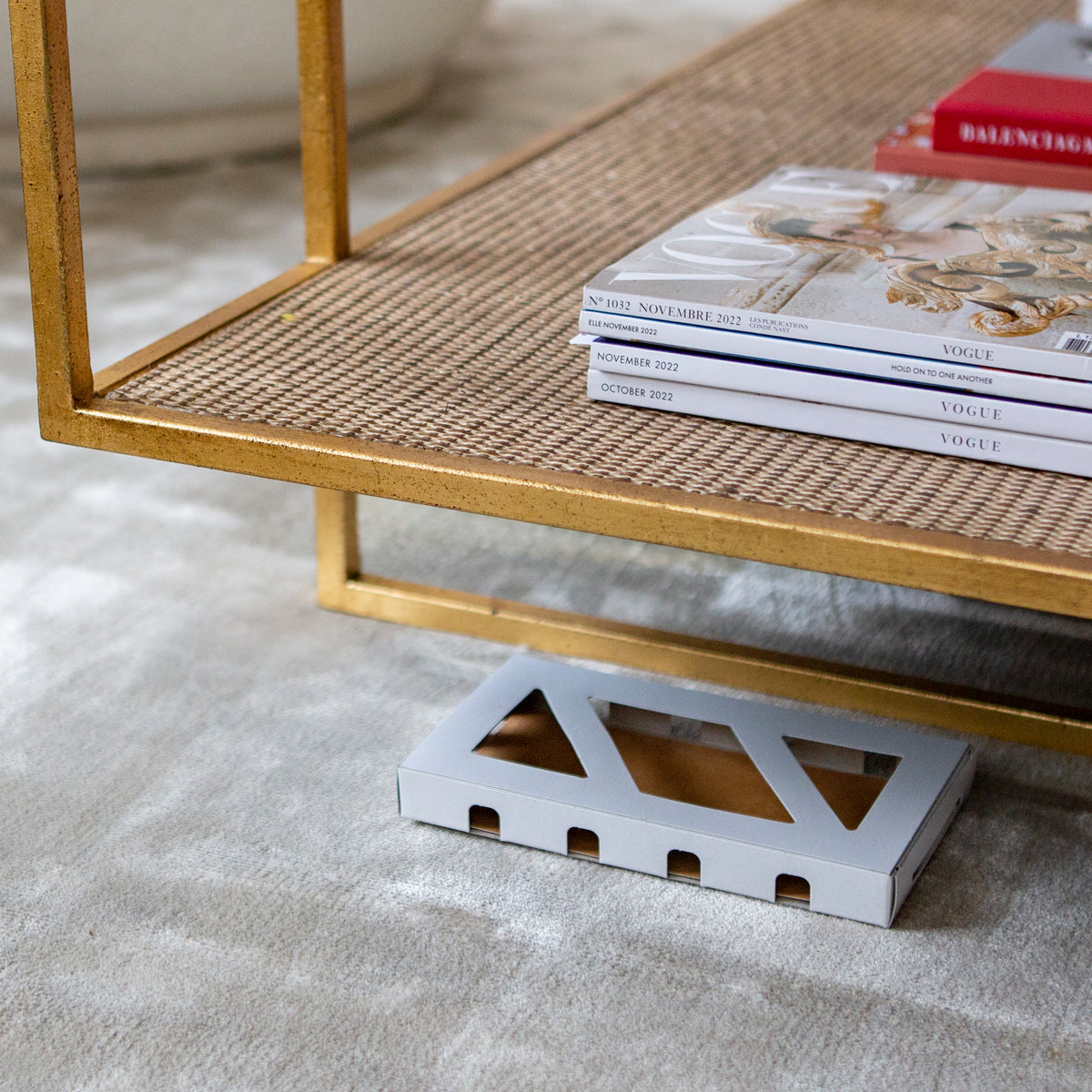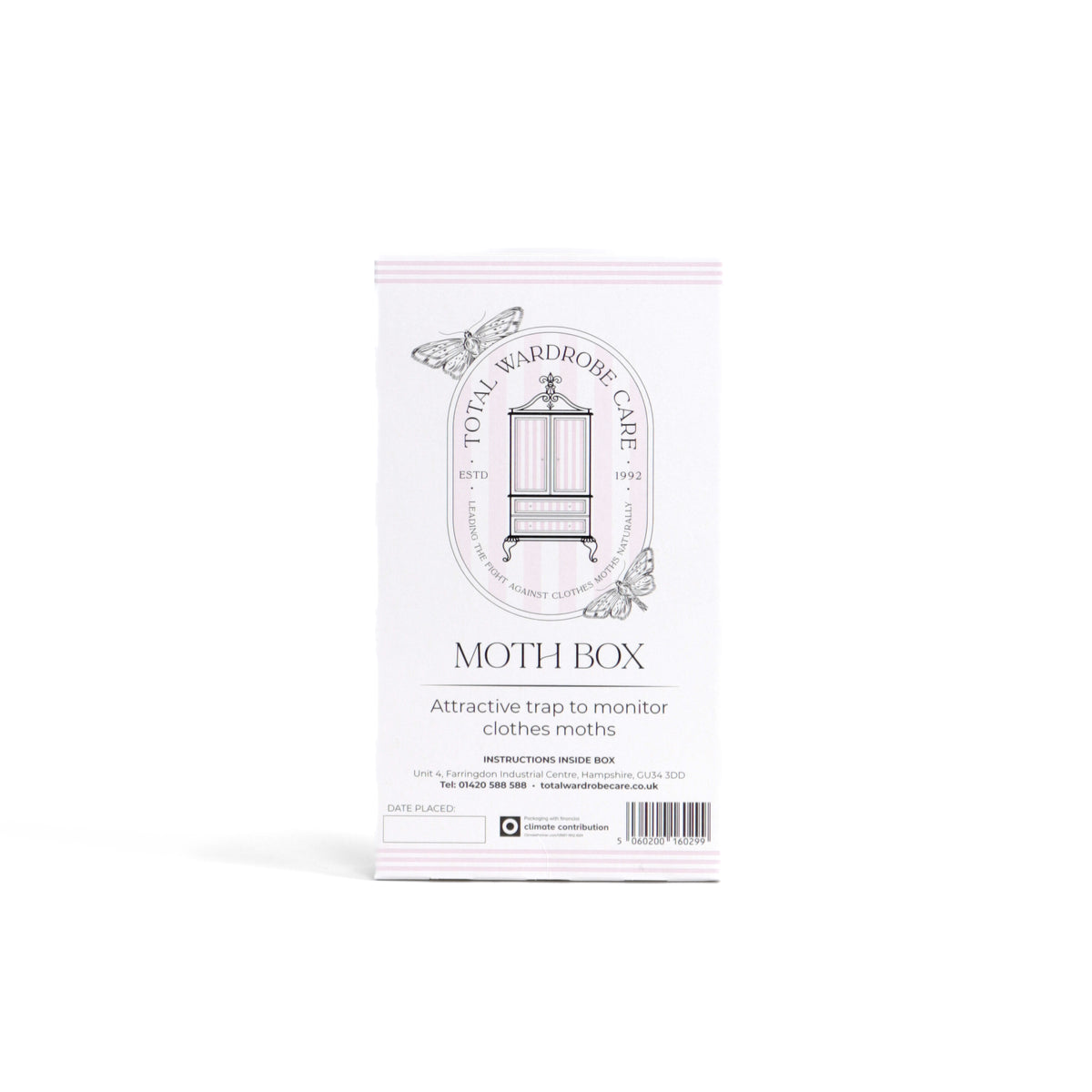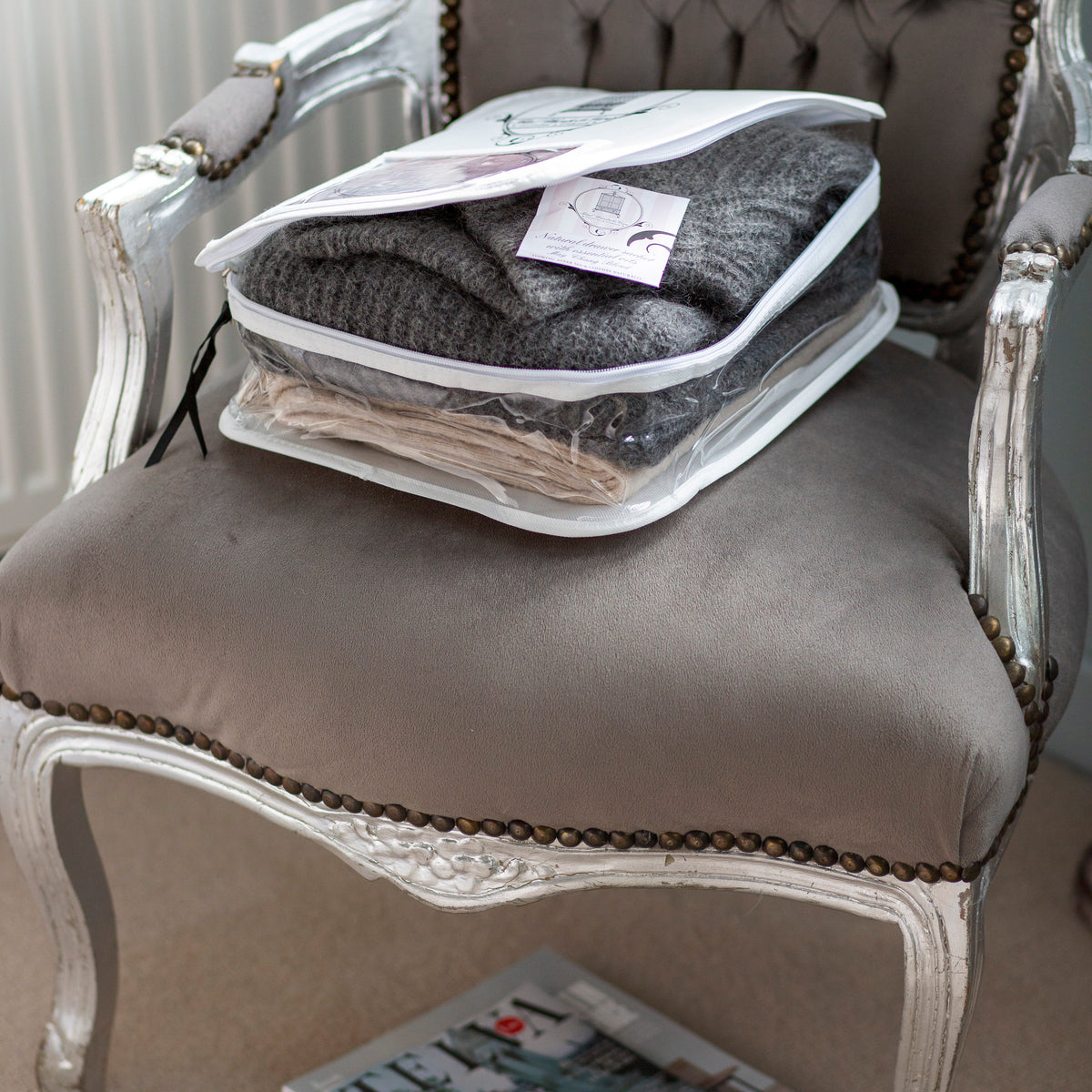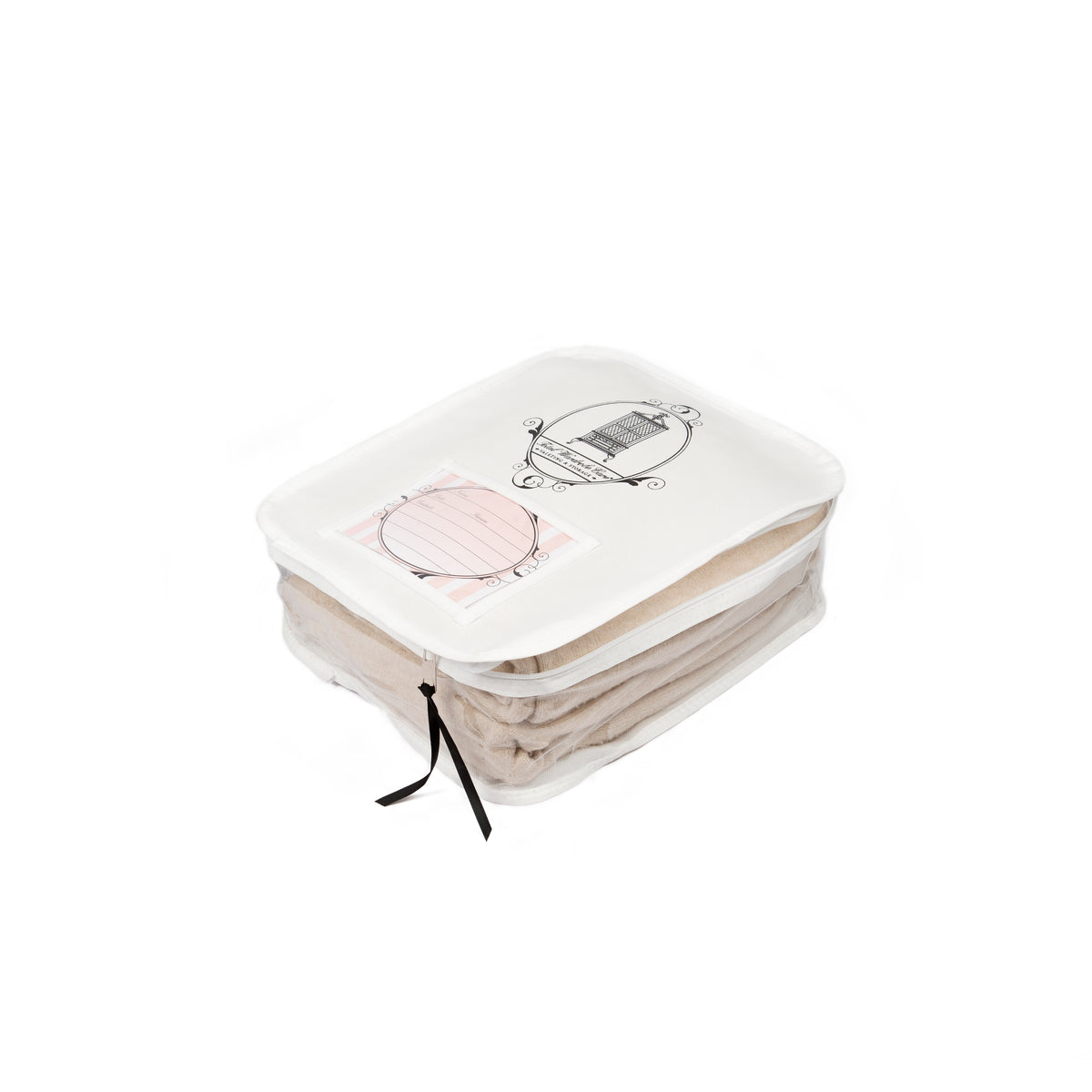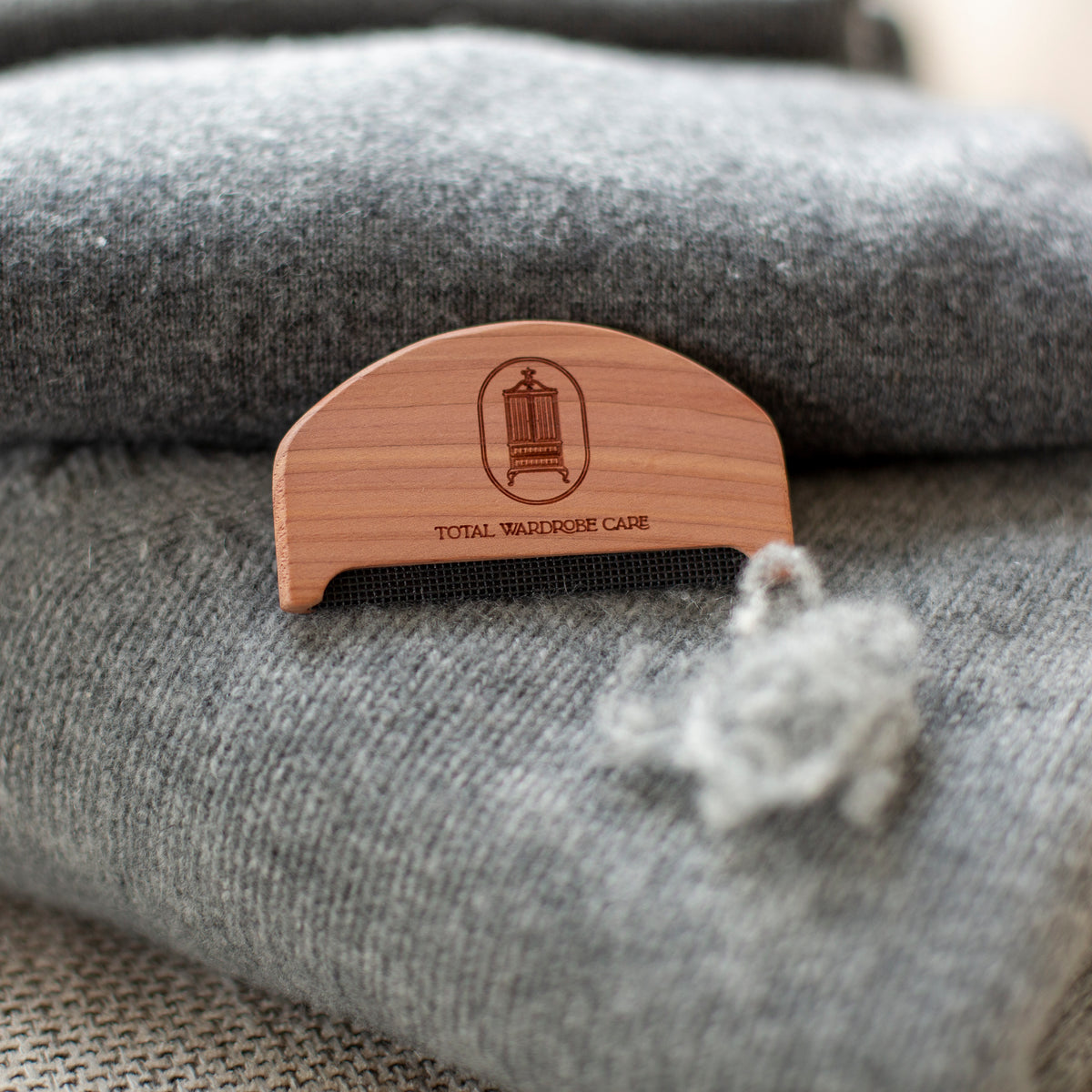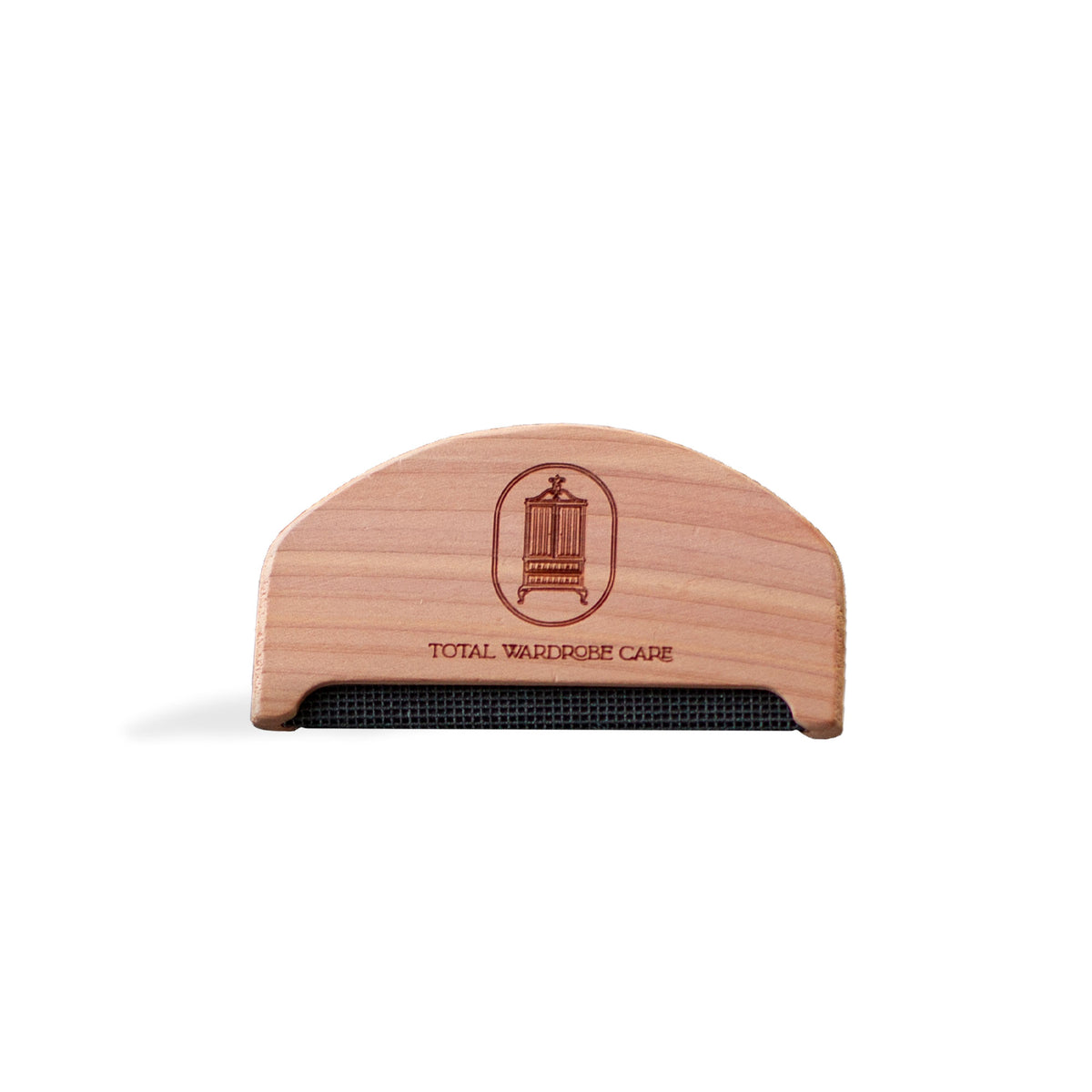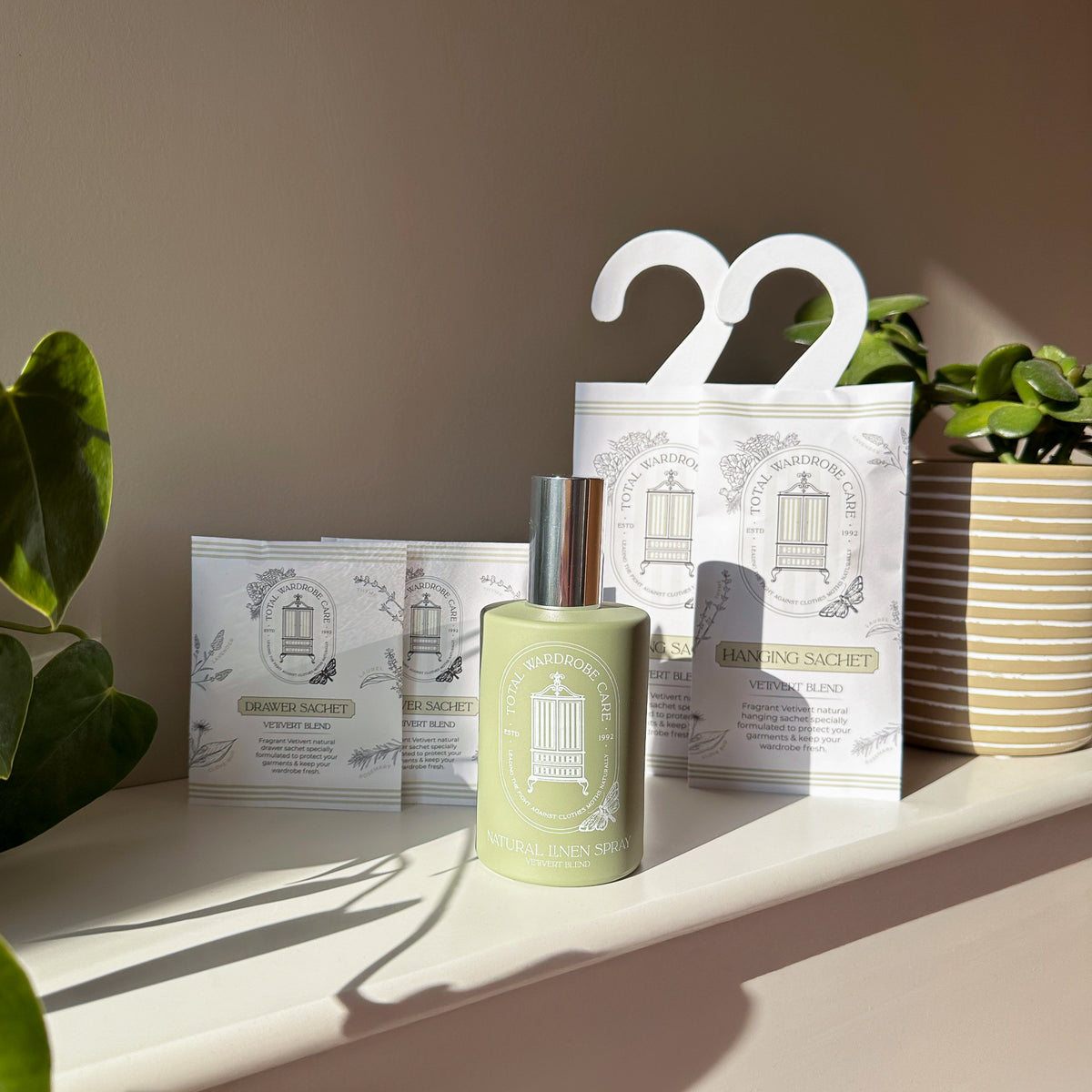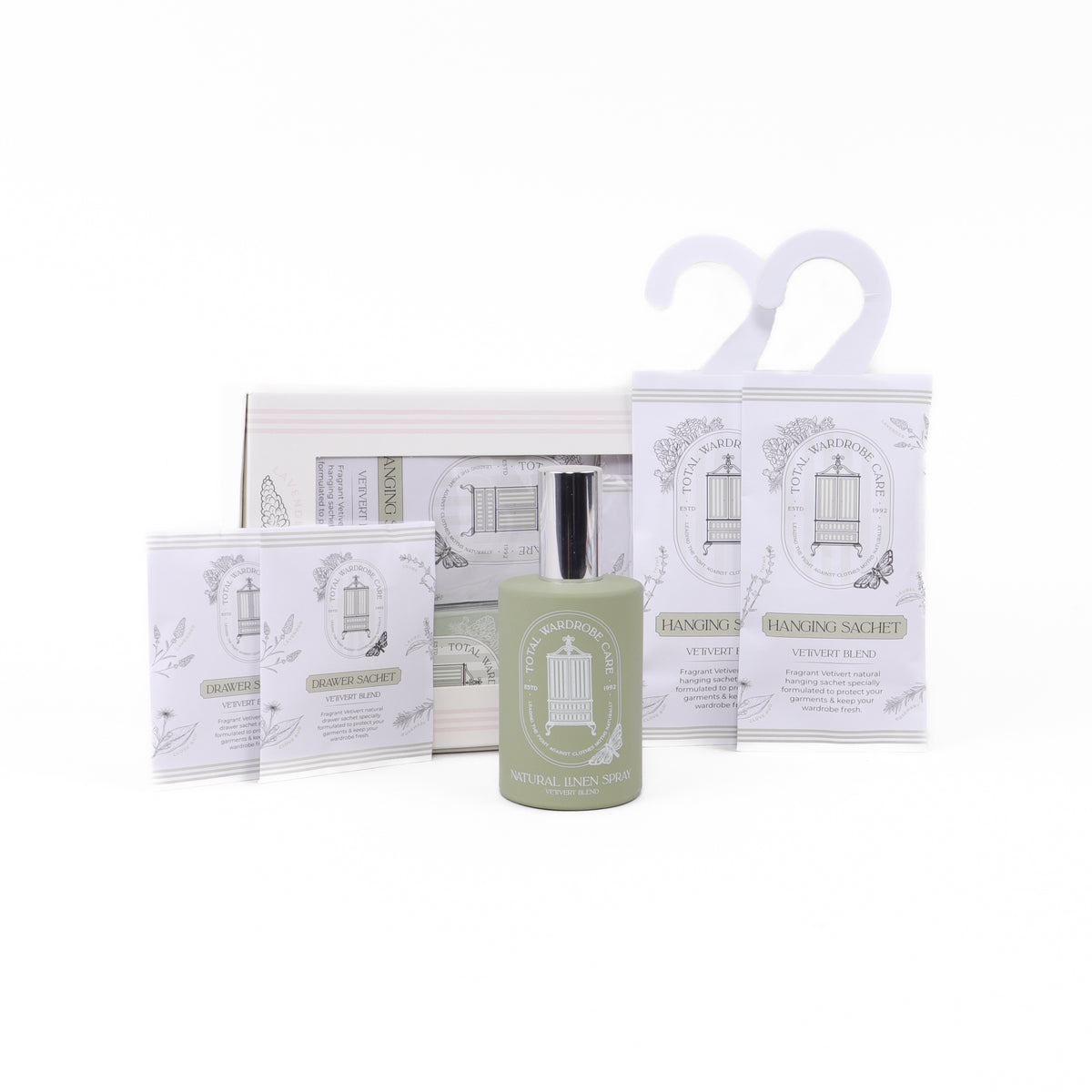HOW TO CARE FOR YOUR CLOTHES
The past couple of years have given many of us time to reflect and take stock of our lives and in particular, our overflowing wardrobes. I’m sure many of you have had a good clear out and sort out. The ‘fast fashion’ industry has led us all to buy too many clothes and to perhaps have items in our wardrobe that we have not even worn.
Livia Firth began the #30wears campaign to encourage us to only buy an item if we really know that we’ll wear it. So, let’s turn our attention to the garments we know we will wear and how to care for clothes to get the best out of them. As Actress, Joan Crawford once said ‘Care for your clothes like the good friends they are’. The sentiment resounds well with us at Total Wardrobe Care. So, I thought I’d put together some helpful ‘dos and don’ts’ for laundering all manner of clothes.
UNDERSTANDING LAUNDRY CARE SYMBOLS
The below chart shows the different symbols that you may see on clothing labels. For each symbol, we’ve provided a quick definition for your reference. The symbols are categorised by type of laundry care: wash, dry, air dry, bleach and ironing.

We’ve all had disasters when it comes to cleaning and laundering our clothes. Shrunken cashmere, stubborn grease spots on silk, greyed underwear, and stained shirt collars to name but a few! No one enjoys doing the laundry, and when it goes wrong it can be a nightmare.
Mistakes are often frustrating, time-consuming, and sometimes very expensive to correct. However, following these tips should help minimise errors and increase the longevity of your clothes. Learning how to care for clothes properly will help you avoid common laundry mishaps.
HOW TO WASH YOUR WOOL
Most stores recommend or even request professional dry cleaning when it comes to fine wool and cashmere garments, but this is not necessarily the best way. Cleaning clothes in any form gradually degrades the fabric, the same goes for dry cleaning. Nothing lasts forever, but the aim is to make your clothes last as long as possible.
My first point therefore is to wash an item only when it needs it. For example, I would try to get about 2-3 wears from wool or cashmere before washing, as long as there are no major stains and they don’t smell of sweat, and of course make sure you keep them in one of our moth free Cashmere Bags, to protect them from moths.

I would not be tempted to use the knitwear or delicate cycle on the washing machine with my best items, as they can become matted and shrink. Hand wash your clothes in lukewarm water using our gentle Laundry Liquid that is bleach-free and make sure the liquid is dissolved in the water thoroughly first, then put the item in.
Don’t be tempted to rub stains or marks, simply wash and rinse gently using the same water temperature. When it comes to drying, squeeze the item gently, do not twist or wring. Twisting a wet sweater would stretch it. After removing excess water, dry flat away from direct heat and sunlight. Iron the garment inside out, with a damp cloth on a cool setting.
HOW TO WASH SILK
Silk is a very tricky customer. The construction of the weave makes it susceptible to movement in water so it can be prone to misshape and shrink. You also risk it changing colour. Even a watermark from ironing can leave a stain so although you might get away with hand-washing light weight silk, I would clean it as little as possible and consider dry cleaning for the best silk fabrics.

HOW TO WASH SUITS
Suits do need to go to the dry cleaner and yes over time that process will degrade the fabric. In my experience, men only get their suits cleaned about twice a year and whilst I understand, it’s very expensive, I’m afraid it isn’t enough! On average men have two pairs of trousers per suit jacket and I would advise getting more trousers, at least 3 maybe 4 pairs per jacket, and get them cleaned every eight wears.

HOW TO WASH YOUR DELICATES
Our Lingerie Wash Bag is designed to protect delicates in the wash. A great way to protect and prolong the life of your delicate clothes. It also helps to prevent damage to the washing machine drum and protects after garments during the washing cycle. The soft fine mesh bag will help to keep bras in shape and prevent snags, as well as stopping them getting tangled with the rest of your washing.

HOW TO WASH CLOTHES IN THE WASHING MACHINE
For most other clothes you can load them in the washing machine thankfully! Be sure to follow the care for clothes instructions on the label. All garments are wear and clean-tested before being made up and companies such as Marks & Spencer are very stringent; if their labels say ‘wash at 40 degrees’, trust them. They don’t want things to be brought back.
Tips for washing clothes in the washing machine:
- Wash similar colours together, no darks with lights
- Turn clothes inside out, this will stop any embellishments being ripped off or catching on other items and will prevent dark colours fading
- Ensure that zips on trousers and hoodies are zipped up to stop them catching on other items
- Loosely tie up drawstrings so they don’t get tangled
- Undo shirt buttons as the stress of the cycle will loosen the thread
- Wash synthetics and cottons separately because the synthetic material will absorb dirt from the cottons
- Wash delicate underwear, bras in particular, in our Lingerie Wash Bag to stop them being stretched and catching on other items or damaging the drum
- Wash swimwear separately on the hand wash cycle with non-bleach detergent. A bikini will fit into one of our wash bags This will really protect it during washing
- Use organic and bleach free washing detergent
TO TUMBLE DRY OR NOT TO TUMBLE DRY, THAT IS THE QUESTION
I’m not going to be judgemental here, the tumble dryer can be a saviour when there is limited drying space, in fact one of the mums in the office admitted that she would happily marry hers!
For children’s hardy school clothes, cotton bedlinen and towels, the tumble dryer can be a boon but try to leave it at that. I would avoid putting most other items in unless you’re desperate and definitely not cotton shirts or anything delicate mentioned earlier.
IF YOU NEED TO DRY CLEAN YOUR CLOTHES
Specialist dry cleaners are incredibly skilled, often with years of experience, and they will tell you if they can’t improve something. Anything rather than deal with a furious client.
Don’t rush; take your time to explain what the stain is. Never try to remove the stain yourself, it can seal into the fabric and even dry cleaning may not be able to remove it! Use an independent, rather than a chain and take your time to build a rapport with the staff. Look out for shops that are beginning to avoid chemicals; many are now using the GreenEarth silicone process which is much kinder to the environment.
HOW TO IRON CLOTHES
Firstly, check your garments laundry label for ironing instructions. Make sure you do as the label recommends. These additional tips will help make the job more efficient:
- Use a light iron, they’re easier to manoeuvre and pay for a good one
- Get a decent ironing board and pad it properly. Use thick upholstery felt or an old, good condition, doubled up blanket, cut to the shape of the board. Then fold an old cotton sheet in four lengthways, cut it to six inches around the board, turn the board over and sew it using strong buttonhole thread and ladder stitch.
- Make sure the board is the right height for you, and get a sleeve extension
- Don’t press the steam button too much you end up getting a jet of water on the clothes which can stain
- Always iron clothes when they are slightly damp
- Get a plant spray bottle that you can fill with water. Or, if you’re looking for a little luxury with your laundering, we stock a lovely Floral Ironing Water. It not only helps repel moths but makes your clothing smell wonderfully clean and fresh
TOOLS FOR WASHING YOUR CLOTHES
Clothing design, alteration, repair and care have been my life, so I have put together a fabulous range of products to help you make clothes last. Our Non-Biological Laundry Liquid with natural aloe vera and rosemary oil is free from parabens, phosphates, bleach, artificial colours and fragrances. It’s delicate enough to wash all your woollens, including cashmere and greatly reduces environmental impact.
I use our Floral Ironing Water with lemongrass and orange blossom to refresh linens but I also like to put it in my steamer which I use to pep up delicate items that I’ve worn but am not ready to wash. I use this hack quite a lot on my expensive, signature pieces.
A lot of mesh laundry bags I’ve tried are designed to bundle lots of small items hence they are far too big and delicate items inside still tangle together and become damaged. I finally found a padded mesh Lingerie Bag which is the perfect size and shape for a couple of bras and knickers.
Finally, I must remind you that whilst it’s important not to over-clean clothes, if you’re putting clothes away for storage at the end of the season, they must be cleaned and stored correctly otherwise clothes moths will be attracted to the natural secretions which you can’t see. Our Cashmere Bags, Knitwear Bags and Non-Woven Garment Bags are all designed to keep moths out. For more about this, have a look at my Blog on what materials moths eat or watch our video here:
NEED HELP?
For further tips and advice on getting rid of clothes moths, head to our Blog Pages or feel free to Contact Us, we love talking about clothes moths! Take a look at some of our other anti-moth products including our Hanging Sachets, Moth Trap Box or the innovative Moth Decoy.

